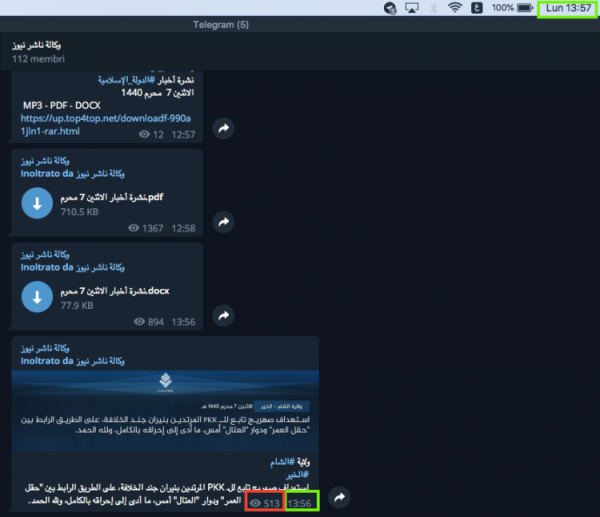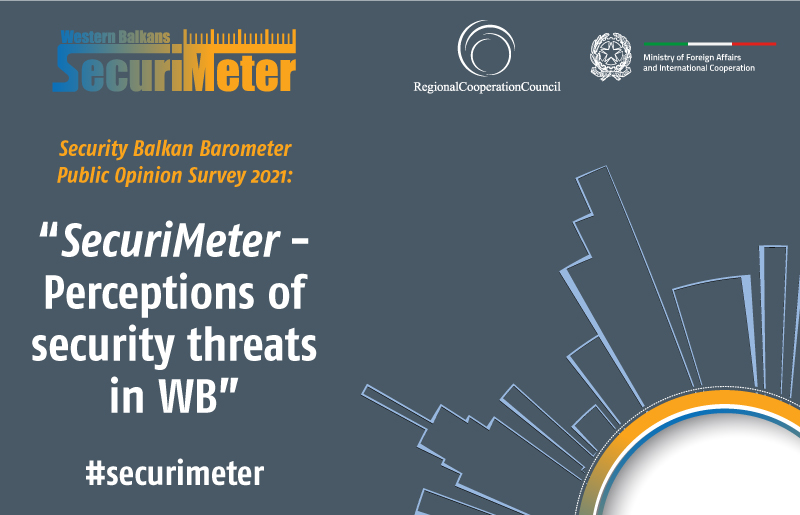- Home/
- News
Hearts, Minds, and Jihad Online
In his annual State of the Union address on September 12 2018, the European Commission (EC) President Jean-Claude Juncker announced a new bid to force social media companies to do more in the fight against extremism. His proposal would require top companies such as Facebook, Google and Twitter to remove violent or extremist content within one hour of receiving a report from competent authorities.
This is no empty threat. The proposed sanctions would certainly concentrate executive minds – failure to comply could be punished with fines of up to 4% of a company’s global turnover. In the case of Google, using its turnover in 2017, this would make for a maximum fine of $4.4 bn.
The EC proposal must be approved by EU member state governments and the European Parliament to become law.
The announcement is a notable step up from a set of formal EC recommendations issued to internet companies in March 2018, when the EC accepted there had been progress in this field but “platforms need to redouble their efforts to take illegal content off the web more quickly and efficiently”. The language of the recommendations was forthright, but they were non-binding.
Sadly, we have a big problem here, not a solution. If we, as the European Union, think that putting pressure on top web companies is the way to win “heart and minds” campaigns against jihadi ideology, then in my opinion we are entering a war that we will never win.
Put simply, the phenomenon of jihadi online propaganda is just too vast now. If we want to have a real solution, we have only two ways forward:
- A strong counter narrative with simple and accessible products for all kinds of people, including the less educated.
- Continuous efforts to help us understand how the jihadi online world can evolve.
In this situation, putting ongoing pressure on Twitter, Facebook, Google and similar companies is useless. They are merely diffusion vehicles, and in any case the key sources of violent jihadi content don’t work on these platforms anymore.
In fact, in recent years Twitter, Facebook and Google have improved their tools for countering and closing accounts spreading jihadi materials on their platforms. As a result of these efforts, terrorist groups and their supporters have had to change their media dissemination methodology, turning to other platforms for propaganda operations.
At present, smaller platforms such as Telegram hold the top positions in jihadi media campaigns and the biggest platforms are almost an afterthought. For example, when the self-styled Islamic State publishes a war bulletin, a photo reportage from the war front or an official statement, it spreads its material on Telegram first and then on several other websites, such as up.top4top.net. Only in the end does it turn to Twitter, Facebook and GooglePlus.
Dissemination methodology is not the only issue. There are also quantitative problems of enormous and daunting proportions.
Consider an example. In the picture below, we can see an official statement shared at 1:56 PM by the self-styled Islamic State (IS) on its official account on Telegram. In just one minute, the statement secured no fewer than 513 views, all of them from individual users.

Suppose that this post had been noticed and reported straight after publication and an internet company had one hour to take it down under the proposed new rules. Within that hour, it would still have been viewed 1,704 times.
At first glance, the number of views may seem strange when the group has just 112 registered members. The explanation helps to illustrate the scale of the problem – the official IS channel has several subgroups, where the administrators can spread the original post. In this way, the post reached almost 3,300 views in just a few hours.
The problems don’t end with the original statement published on the official channel of IS. To understand the magnitude of the challenge, we also have to consider supporters. A user can save the original post and then he or she can share it on other Telegram channels, or even provide a translation. These actions will reset the view count, so we can see the same statement on different channels with different numbers of views, as shown in the image below, where the original statement disseminated in this “supporters” chat of IS has “only” 63 views.
Furthermore, quantifying and countering a phenomenon such as this, in all its abstractions, is practically impossible if we focus on Telegram alone. Imagine that among the 3,000+ viewers there are at least 1,000 active supporters of IS who want to spread jihadi messages on other web platforms. Just one of the supporters can do this by opening multiple accounts on g-mail, Twitter, and Facebook. Should Facebook, Twitter and Google really take all the blame if they cannot contain this phenomenon and if they take more than an hour to eliminate any violent or extremist material?
This can happen even though Telegram is trying to counter this phenomenon. It has closed around 60,000 channels and groups linked to IS in recent years. But it’s a very tough war, for all the reasons noted above.
One can conclude that the EC, despite numerous reports and analyses over the years by different security agencies and academies, does not fully understand the online conflict. It is the same misunderstanding that leads us to rejoice at the territorial defeat of the Caliphate, while some completely ignore the fact that the online Caliphate is stronger than ever. This is a very bad scenario, since understanding the enemy is the first obligatory step if we want to defeat it. More’s the pity in this case, as we have the time and resources to reverse the process.
A cynic might even surmise that the EC is just exploiting the extremist and violent online content issue to get more money from the top web companies. This, of course, would be the worst possible scenario.
“Know the other, know the self. Hundred battles without danger. Know the other, but not know the self. One win, one loss. Not know the other and not know the self. Every battle lost.” Sun Tzu.
Source: Link



 Development of specialized PCVE web site is funded by EU FUNDS CN 2017-386/831 - "IPA II 2016 Regional Action on P/CVE in the Western Balkans"
Development of specialized PCVE web site is funded by EU FUNDS CN 2017-386/831 - "IPA II 2016 Regional Action on P/CVE in the Western Balkans"